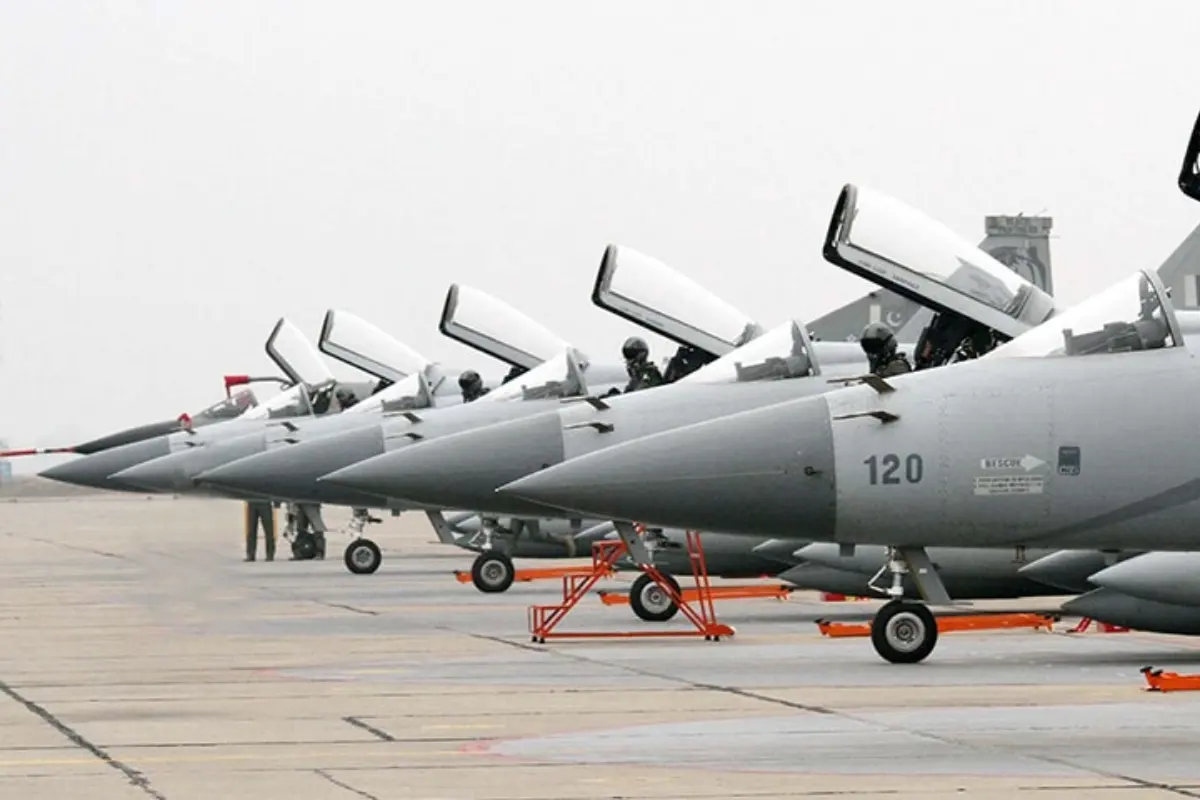Pakistan Foils Indian Aggression, Shoots Down Air Assets in Unprecedented Defensive Success

Pakistan Foils Indian Aggression, Shoots Down Air Assets in Unprecedented Defensive Success
In a significant escalation of hostilities, India carried out “illegal and irresponsible aggression” during the night of 6/7 May, allegedly on a flimsy counter-terrorism premise. The unprovoked assault targeted civilian areas, prompting a decisive and responsible defensive response from Pakistan, which successfully shot down multiple Indian Air Force assets.
According to credible security sources, India’s failure to present any evidence of Pakistani involvement, or to engage with Islamabad’s repeated offers for an impartial and neutral investigation, underscores a pattern of premeditated hostility. Pakistan’s measured but firm retaliation is being widely acknowledged globally as a major operational success, particularly in countering technologically advanced enemy platforms.
In the retaliatory strikes, Pakistan reportedly inflicted heavy losses on the Indian military, with approximately 40-50 Indian Army soldiers killed. These casualties occurred during targeted strikes on Indian military posts, including battalion and brigade headquarters. The Indian government’s denial of these losses is seen in line with a historical pattern of obfuscating battlefield setbacks—underscored by their awarding of the Vir Chakra to Wing Commander Abhinandan, despite the loss of his aircraft and confirmation from the U.S. that no Pakistani F-16s were downed.
As per the reports, India has continued its escalatory tactics, focusing on three types of targets against three categories:
Sikh and Sikh Religious Sites within India:
Objectives:
a) Intimidate the Sikh community and signal a warning to remain compliant.
b) Frame the attacks as orchestrated by Pakistan to incite internal discord.
c) Exploit the aftermath to falsely claim military success by portraying the sites as downed Pakistani Air Force assets.
Military Installations:
Aimed at degrading Pakistan’s defensive and offensive capabilities.
Civilian Infrastructure and Populations:
Intended to foster public disillusionment and erode morale.
Pakistan’s air defence systems, however, intercepted and neutralized the majority of incoming drones, demonstrating exceptional operational readiness and capability.
India’s aggressive stance is a result of the significant reputational loss suffered after the failed assault on 6/7 May. While drone flights are considered routine, the ability to detect and eliminate them mid-air is a testament to Pakistan’s sophisticated defence systems and professional excellence of its armed forces.
Looking forward, defence sources indicated that while India took two weeks to orchestrate its aggression following the Pahalgam incident, Pakistan will respond to ongoing belligerence at a time and place of its choosing, in accordance with national will and strategic imperatives. The public has been urged to maintain full confidence in the capabilities of Pakistan’s defence forces.
In parallel, Indian information and psychological warfare campaigns have reportedly intensified, aiming to erode public trust and morale within Pakistan. Citizens are strongly advised to verify any circulating information before sharing and to remain vigilant against coordinated disinformation efforts.
Read More: 12 Indian Drones Shot Down by Pakistan Army, DG ISPR
Catch all the Pakistan News, Breaking News Event and Trending News Updates on GTV News
Join Our Whatsapp Channel GTV Whatsapp Official Channel to get the Daily News Update & Follow us on Google News.













